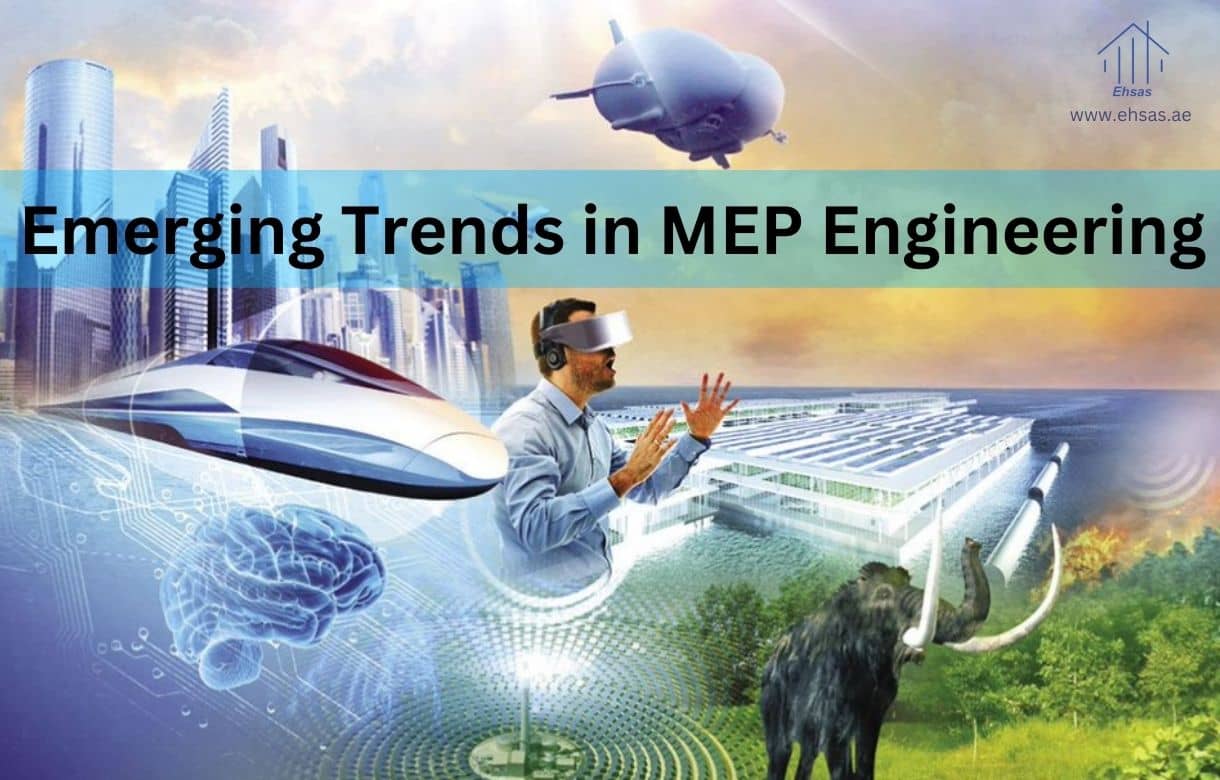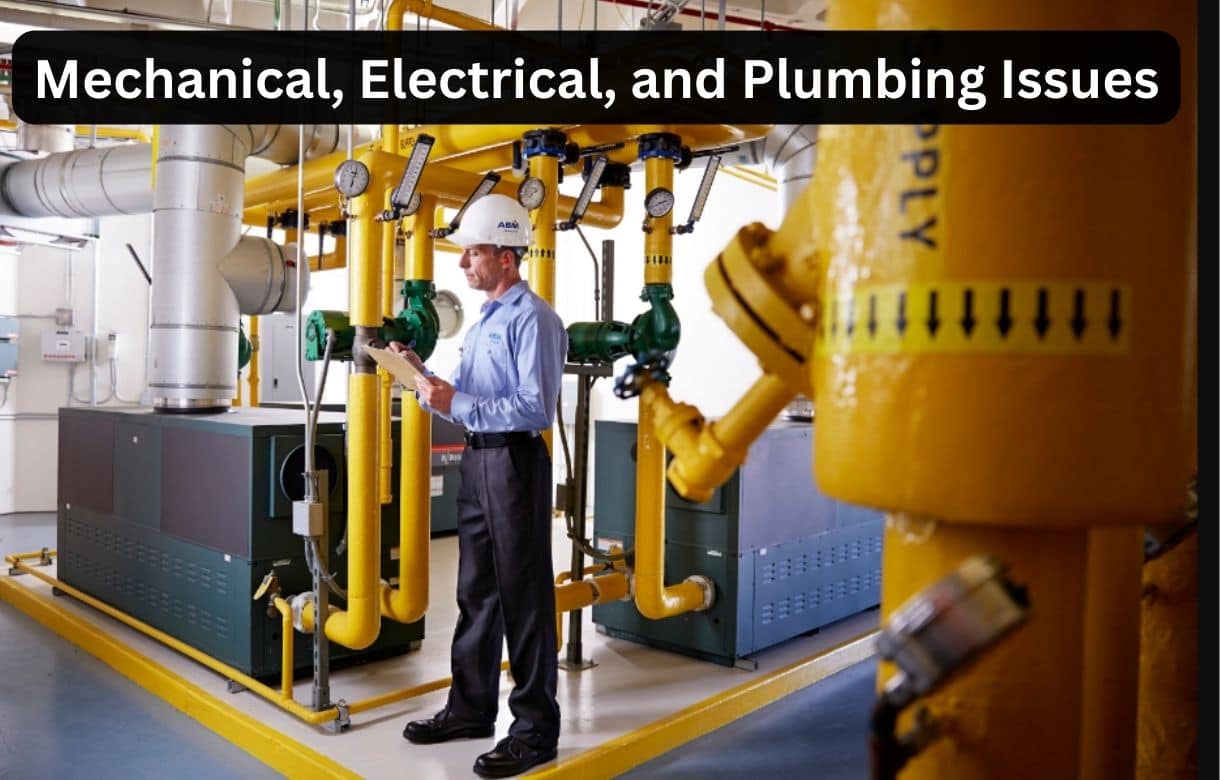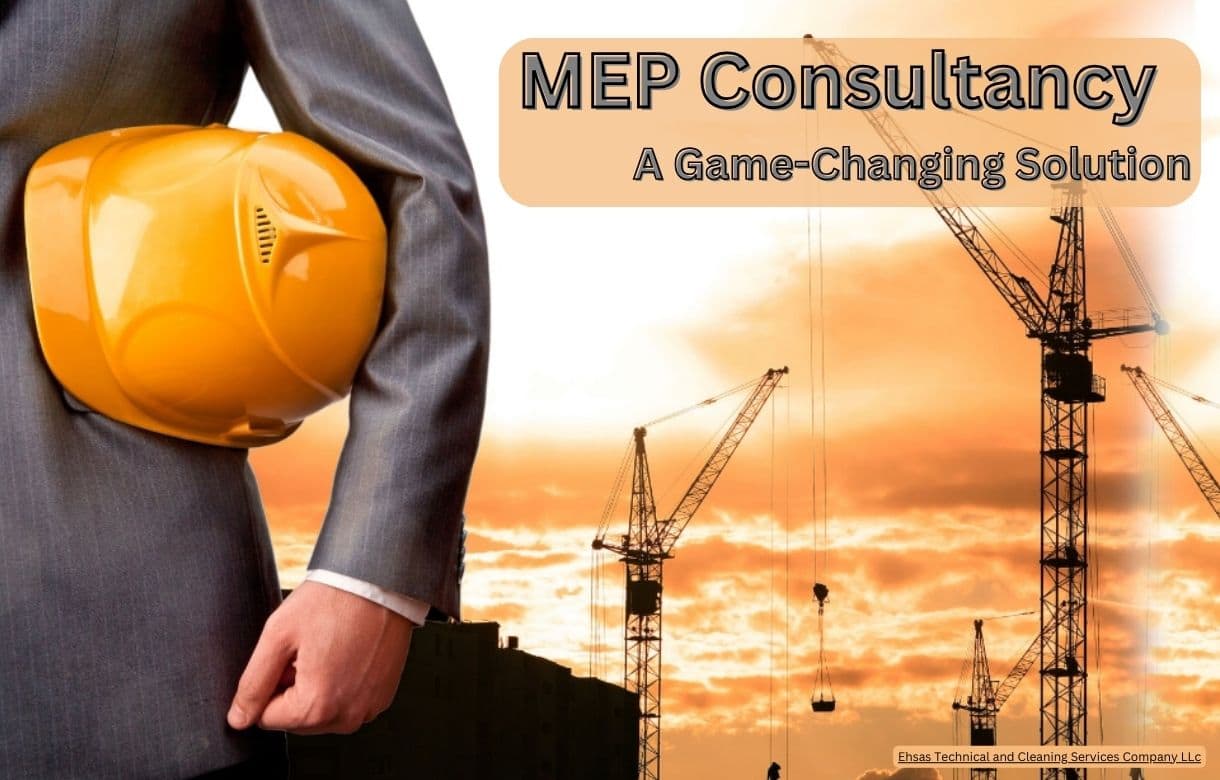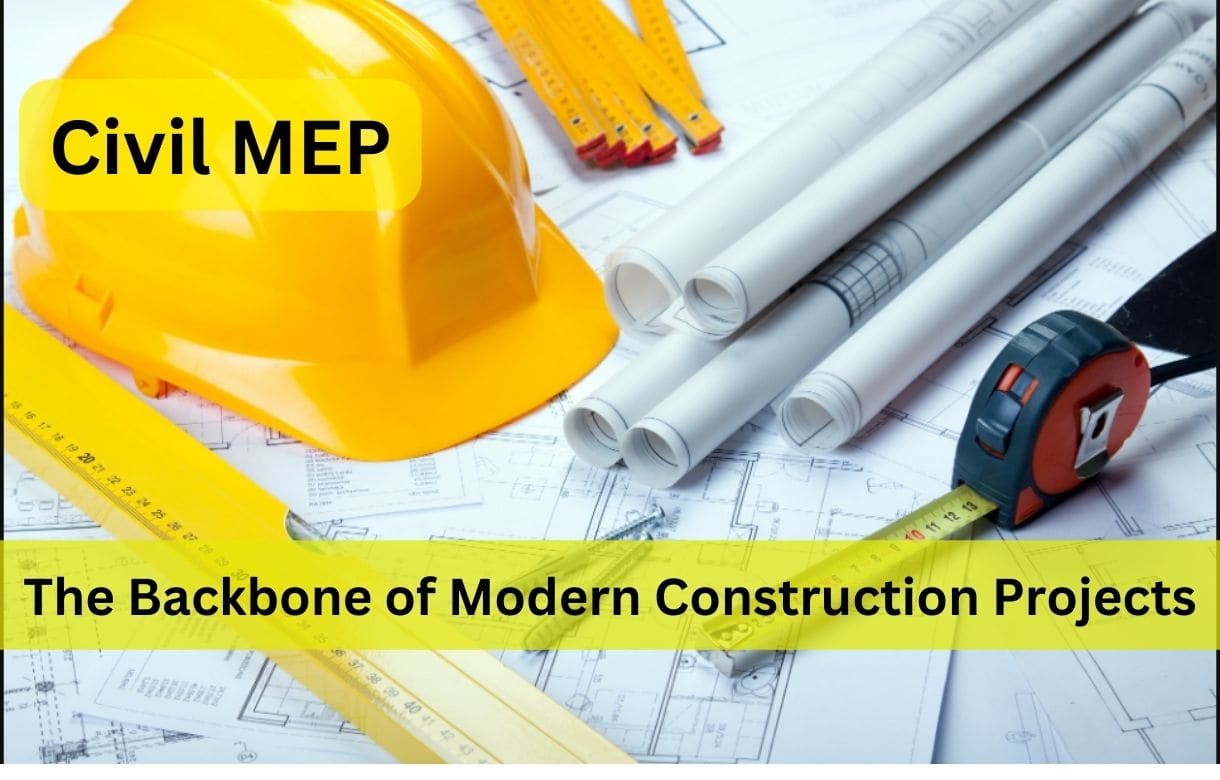Introduction
In the dynamic realm of MEP (Mechanical, Electrical, and Plumbing) engineering, staying attuned to emerging trends is imperative for professionals and enthusiasts alike. As technology advances and environmental consciousness heightens, the landscape of MEP engineering undergoes continuous transformation.
From sustainable design practices to the integration of cutting-edge technologies, the industry is witnessing a profound evolution. In this article, we delve into the six emerging trends in MEP engineering that are poised to shape the future of the field, offering insights and perspectives to guide stakeholders in navigating this ever-changing terrain. Ehsas Technical and Cleaning Company LLC designs special training sessions from time to time to keep its staff and management updated with modern technologies and trends.
Emerging Technologies Reshaping MEP Engineering
In the ever-evolving landscape of MEP (Mechanical, Electrical, and Plumbing) engineering, staying abreast of emerging trends is paramount to success. With technology advancing at a rapid pace and environmental concerns driving innovation, the industry is experiencing significant shifts.
From sustainable practices to digital integration, this article explores six key trends shaping the future of MEP engineering.
1. Sustainable Design and Green Buildings
Sustainable design principles have become increasingly integral to MEP engineering projects. With a growing focus on environmental conservation and energy efficiency, green buildings are on the rise. Following are just a few strategies employed to minimize environmental impact;
- Utilizing renewable energy sources
- optimizing HVAC systems
- implementing water-saving technologies
According to recent studies, green buildings not only reduce operating costs but also enhance occupant health and productivity.
2. Building Information Modeling (BIM)
Building Information Modeling (BIM) has revolutionized the way MEP engineers design and manage projects. By creating digital representations of buildings, BIM enables collaboration across disciplines and streamlines the construction process. Building information modeling had transformed the strategy of MEP Company to modern lines with the flowing step-to-step changes;
- clash detection to quantity takeoffs
- BIM enhances efficiency and accuracy
- ultimately leading to cost savings
- faster project delivery
As BIM technology continues to advance, its integration into MEP workflows is expected to become even more prevalent.
3. Internet of Things (IoT) Integration
The Internet of Things (IoT) is transforming the built environment, and MEP engineering is no exception. By connecting devices and systems through the internet, IoT enables real-time monitoring and control of building operations. From smart thermostats to sensor-equipped lighting systems, IoT integration smarter the system, characterized by;
- optimizes energy usage
- enhances comfort
- facilitates predictive maintenance
As IoT technology becomes more sophisticated and cost-effective, its adoption in MEP engineering is projected to soar.
4. Electrification and Decarburization
With the growing imperative to reduce greenhouse gas emissions, electrification and decarburization are emerging as key priorities in MEP engineering. Transitioning away from fossil fuel-dependent systems, such as gas-powered heating and cooking, towards electric alternatives is essential for mitigating climate change.
Advanced autonomy in HVAC systems allows for better control and optimization of energy usage. Sustainable HVAC systems utilize technologies such as variable speed drives, energy recovery systems, and advanced controls to minimize energy consumption while maintaining comfort levels. Additionally, integrating renewable energy sources, such as solar and wind power, into building designs further reduces carbon footprints. As sustainability regulations tighten, electrification and decarburization will continue to drive innovation in MEP engineering.
5. Prefabrication and Modular Construction
Prefabrication and modular construction methods are revolutionizing the way buildings are designed and built. By assembling components off-site in controlled environments, construction timelines are significantly reduced, and quality control is enhanced. MEP systems, including ductwork, piping, and electrical wiring, can be prefabricated and integrated seamlessly into modular construction processes.
Advanced autonomy in HVAC systems allows for better monitoring and control of indoor air quality parameters such as temperature, humidity, and air filtration. Sustainable HVAC systems often include features like demand-controlled ventilation and air purification systems, which help maintain a healthy indoor environment. As demand for faster, more cost-effective construction solutions grows, prefabrication and modularization are poised to become standard practices in MEP engineering.
6. Resilience and Disaster Preparedness
In an era of increasing climate-related disasters, resilience and disaster preparedness are paramount considerations in MEP engineering. Designing buildings to withstand extreme weather events, such as hurricanes and wildfires, requires innovative engineering solutions. From robust structural designs to redundant MEP systems, resilient buildings ensure continuity of operations and safety for occupants.
As climate change intensifies, resilience measures will become indispensable in the built environment. New trends in resilience and disaster preparedness emphasize the use of smart and adaptive technologies to enhance building resilience. MEP engineers can incorporate sensors, actuators, and automation systems into MEP designs to enable real-time monitoring, predictive maintenance, and adaptive responses to changing conditions during emergencies.
How do these trends help to predict the future of MEP engineering?
These Emerging trends play a crucial role in predicting the future of MEP (Mechanical, Electrical, and Plumbing) engineering by offering insights into technological advancements, industry shifts, and evolving client demands. For instance, the increasing focus on sustainability and energy efficiency is driving the development of innovative MEP solutions that minimize environmental impact and optimize resource usage.
Similarly, advancements in digital technologies, such as Building Information Modeling (BIM), Internet of Things (IoT), and artificial intelligence, are reshaping the way MEP systems are designed, implemented, and managed. By monitoring these emerging trends, MEP engineers can anticipate future challenges and opportunities, adapt their skill sets, and proactively develop strategies to address the evolving needs of clients and the industry as a whole. This forward-thinking approach enables MEP engineers to stay ahead of the curve and remain at the forefront of innovation in the built environment.
Conclusion
As the field of MEP engineering continues to evolve, staying abreast of emerging trends is essential for professionals in the industry. From sustainable design practices to digital integration and resilience measures, these six trends are shaping the future of MEP engineering. By embracing innovation and adopting cutting-edge technologies, engineers can drive positive change and create more sustainable, resilient built environments.
Frequently Asked Questions (FAQs)
Q: How are sustainable design principles incorporated into MEP engineering?
A: Sustainable design principles in MEP engineering encompass various strategies, including energy-efficient HVAC systems, renewable energy integration, and water conservation measures.
Q: What are the benefits of integrating Building Information Modeling (BIM) in MEP projects?
A: BIM enhances collaboration, improves accuracy, and streamlines the construction process, leading to cost savings and faster project delivery in MEP engineering.
Q: How does IoT integration contribute to energy efficiency in buildings?
A: IoT integration enables real-time monitoring and control of building systems, optimizing energy usage and facilitating predictive maintenance in MEP engineering.
Q: What role does electrification play in decarbonizing buildings?
A: Electrification involves transitioning building systems from fossil fuel dependence to electric alternatives, reducing carbon emissions, and mitigating climate change in MEP engineering.
Q: How does prefabrication benefit MEP construction projects?
A: Prefabrication accelerates construction timelines, enhances quality control, and reduces costs by assembling building components off-site before integration into MEP systems.
Q: Why is resilience important in MEP engineering?
A: Resilience ensures buildings can withstand climate-related disasters, ensuring continuity of operations and safety for occupants in MEP engineering.








